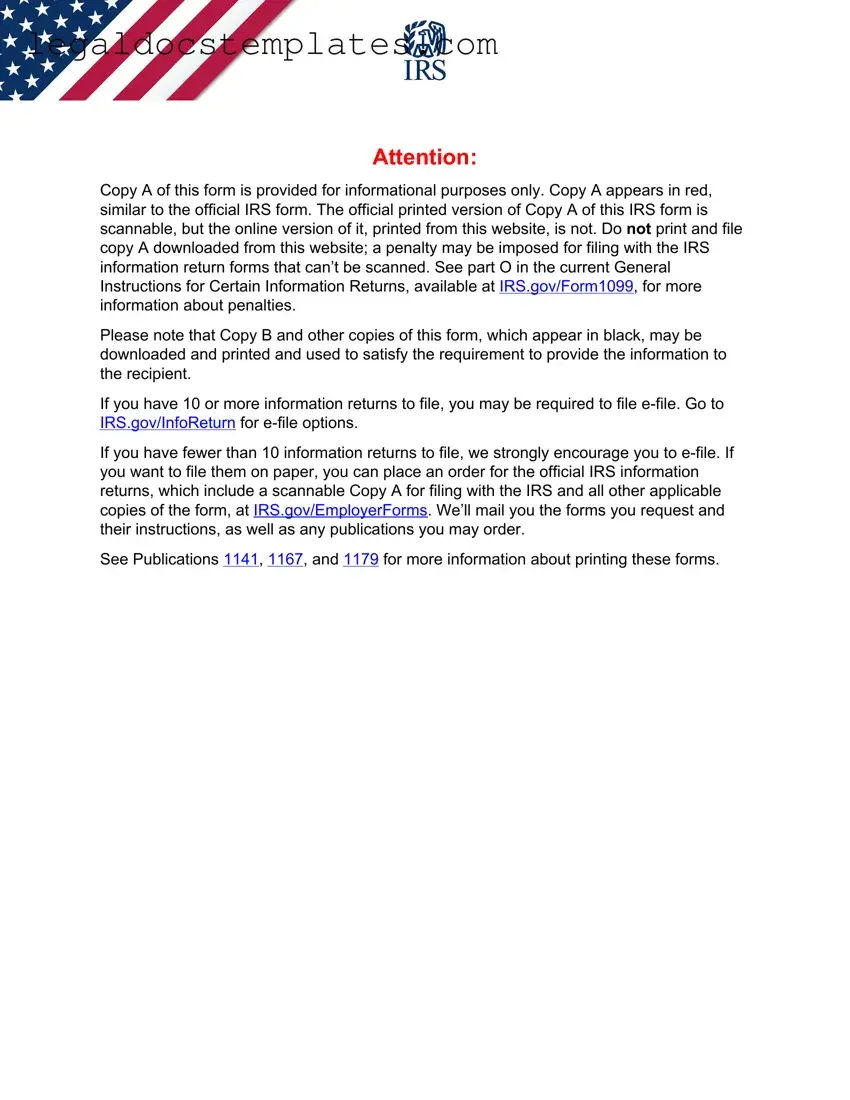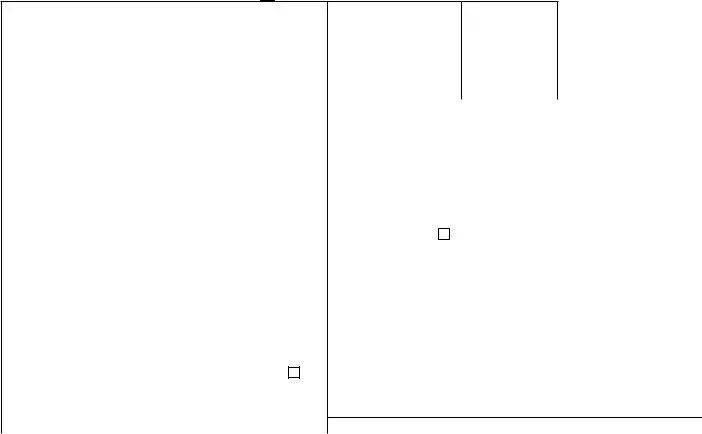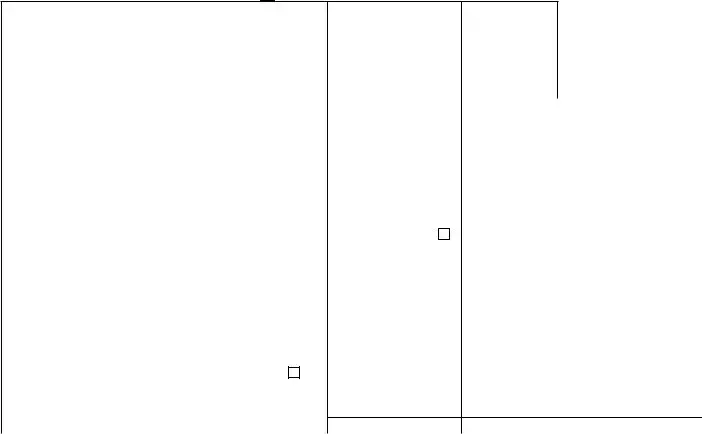The IRS 1099-MISC form is closely related to the IRS 1099-NEC form in its functionality. Both forms are used to report income to freelancers, independent contractors, and other non-employees. The primary difference is that while the 1099-MISC form is used for reporting payments such as rents, prizes, awards, and other miscellaneous payments, the 1099-NEC form is specifically designed to report non-employee compensation, a category that until 2020 was reported on the 1099-MISC form itself.
Similarly, the IRS W-2 form shares a purpose with the 1099-MISC in reporting income. However, the W-2 form is exclusively used by employers to report wages, salaries, and other compensation for employees. Contrary to the 1099 forms which are for non-employees, the W-2 includes deductions for Social Security and Medicare taxes, hence catering to a different audience with a different set of reporting requirements.
The IRS 1099-INT form, used for reporting interest income, parallels the 1099-MISC in its role of reporting specific types of income. While the 1099-MISC encompasses a broad range of payments, the 1099-INT is focused exclusively on income earned from interest, making it a specialized counterpart in the family of informational return forms.
Another form with a similar purpose is the IRS 1099-DIV form. This form is utilized for reporting dividends and distributions received by an individual from investments. Like the 1099-MISC, it plays a crucial role in ensuring income is accurately reported for tax purposes, though it specifically targets investment income rather than the miscellaneous income that the 1099-MISC form addresses.
The Schedule C (Form 1040) is a tax document for small business owners or sole proprietors to report their income or loss from a business they operated or a profession they practiced as a sole proprietor. It connects to the 1099-MISC as individuals receiving 1099 forms might need to complete a Schedule C if they're reporting income from self-employment activities.
The IRS Form 1099-G is another document that bears similarity to the 1099-MISC by reporting certain government payments like unemployment compensation and state or local income tax refunds. This form plays a unique role in ensuring that taxpayers account for this income on their tax returns, reflecting the IRS's broader mandate to report various forms of income.
Further, the IRS Form 1099-R deals with distributions from pensions, annuities, retirement or profit-sharing plans, IRAs, Insurance contracts, etc. It aligns with the 1099-MISC in the sense that it reports income, though 1099-R is exclusively focused on retirement-related payments.
The IRS Form 8832 is connected through its role in determining how a business is classified for federal tax purposes. Though not a form for reporting income, its filing can significantly affect how a business reports income, including through 1099 forms. Specifically, it allows an entity to choose how it will be taxed (as a corporation or as a disregarded entity), impacting the kinds of 1099 forms it may need to issue or receive.
Last but not least, the IRS Form W-9 is often used in conjunction with the 1099-MISC form. The W-9 is requested by businesses or individuals who need to file an information return with the IRS, like the 1099-MISC. It's used to collect the correct taxpayer identification number (TIN) of the person to receive the income, ensuring the accuracy of information reported on the 1099-MISC and other 1099 forms.






 CORRECTED (if checked)
CORRECTED (if checked)

 CORRECTED (if checked)
CORRECTED (if checked)